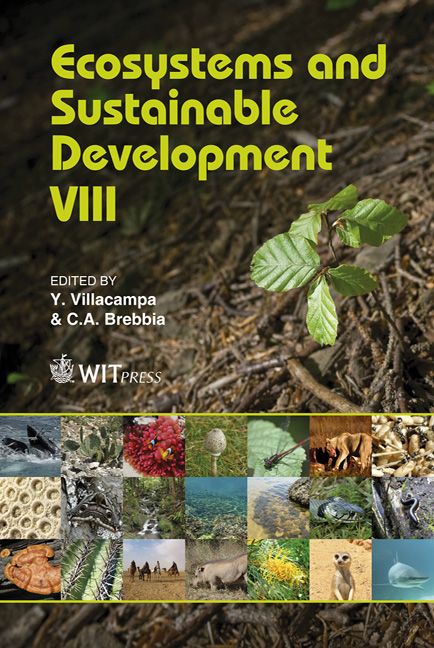Spatial And Temporal Trends Of Heavy Metal Accumulation In Mosses In Estonia
Price
Free (open access)
Transaction
Volume
144
Pages
12
Page Range
133 - 144
Published
2011
Size
2,454 kb
Paper DOI
10.2495/ECO110121
Copyright
WIT Press
Author(s)
H. Kösta & S. Liiv
Abstract
The main sources of air pollution with heavy metals in Estonia are the country’s oil shale fired power stations, the chemical and the building materials industry and road traffic. The principal power stations and most of heavy industry are concentrated in the north-eastern part of the country. The relative deposition of Cd, Cr, Cu, Fe, Ni, Pb, V and Zn in Estonia has been monitored since 1989 by the method of bioindication, using the mosses Pleurozium schreberi or Hylocomium splendens as indicator species. The selection of sampling sites and the collection of moss samples is carried out in accordance with the requirements of the International Cooperative Programme on Effects of Air Pollution on Natural Vegetation and Crops. In 1989, heavy metals concentrations in mosses were the highest in samples from North-East Estonia. By 1995, the surroundings of Tallinn, the capital city of Estonia, had become the second most polluted area in Estonia, probably due to increased traffic density and the related increase in air pollution. In 2005–2008, the changes of the concentrations of most heavy metals in mosses remained within or close to local variability in all studied regions. During 1989–2006, the decrease of heavy metals concentrations in Estonian moss samples has been in correlation with the drop in power production as well as with the decrease of emission of pollutants due to the implementation of environmentally friendlier technologies. Due to the introduction of unleaded petrol in Estonia, the concentration of lead in moss samples has decreased by up to 60% during 1989–2008. Keywords: atmospheric pollution, emission sources, heavy metals, mosses as biomonitors.
Keywords
atmospheric pollution, emission sources, heavy metals, mosses as biomonitors





